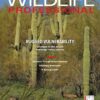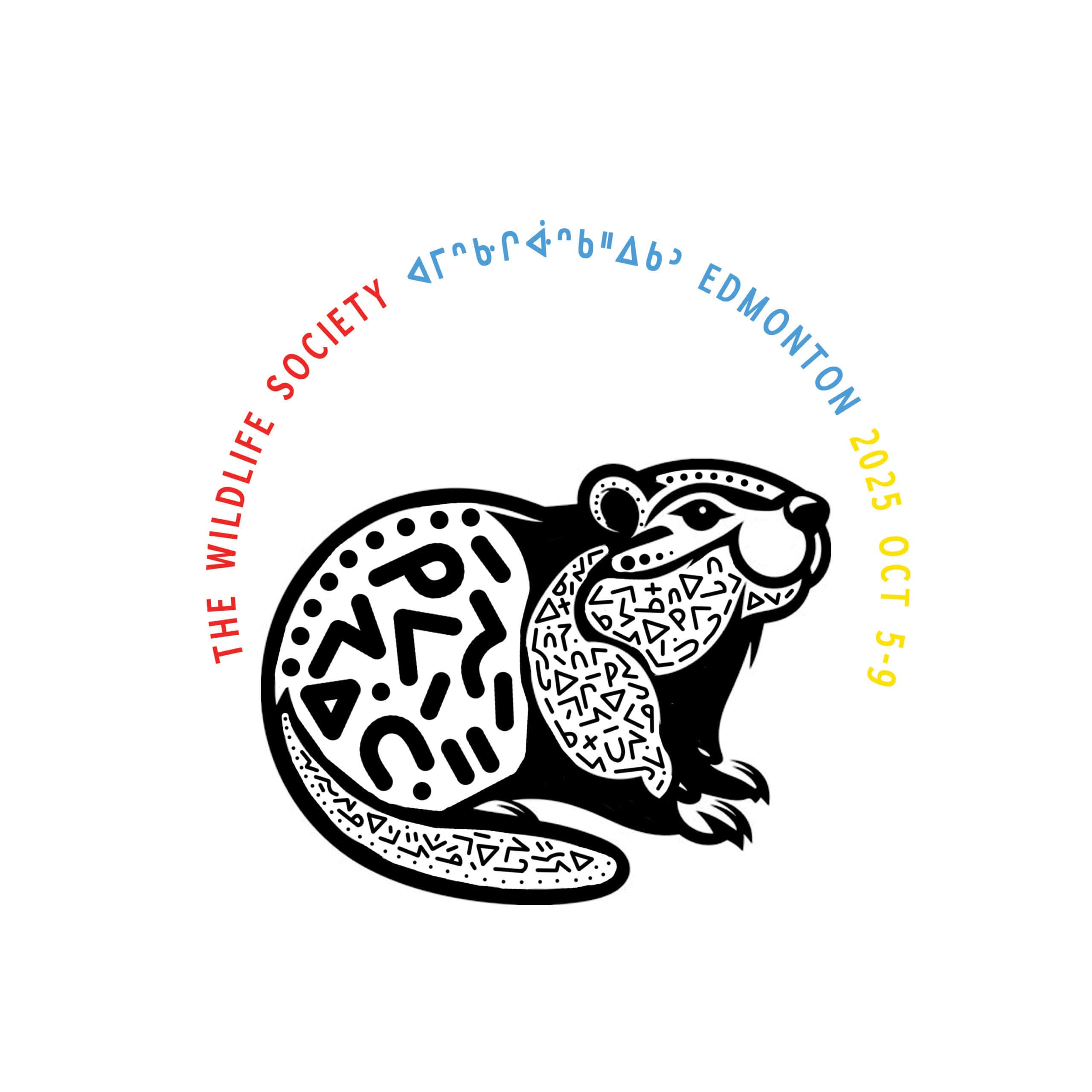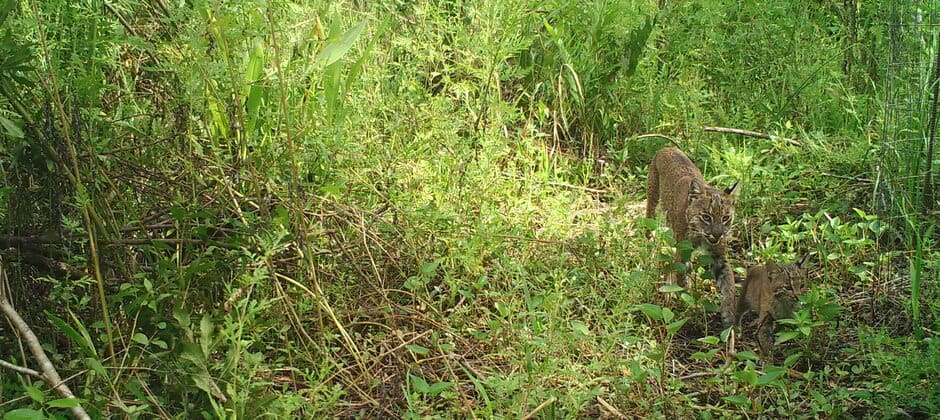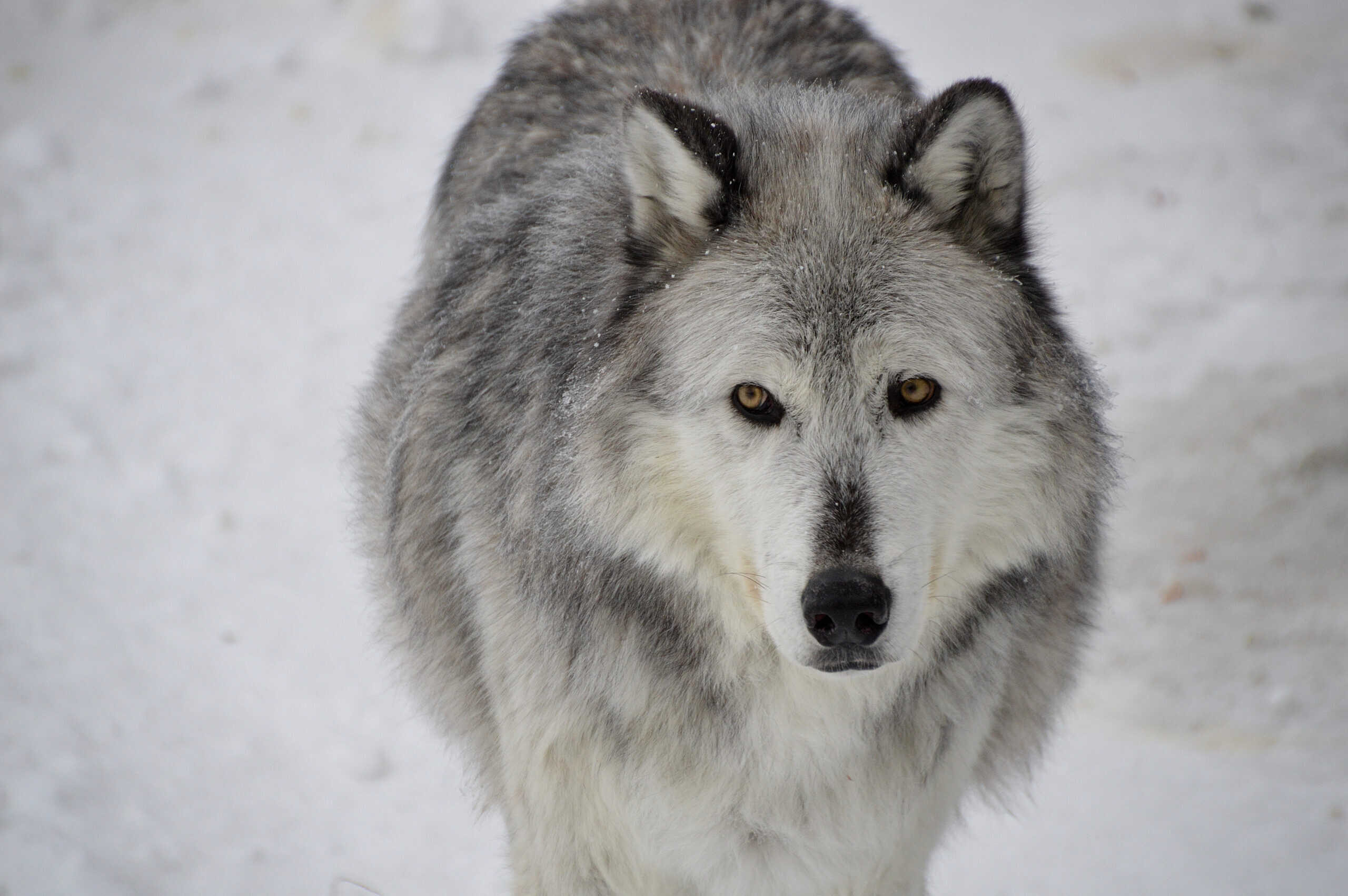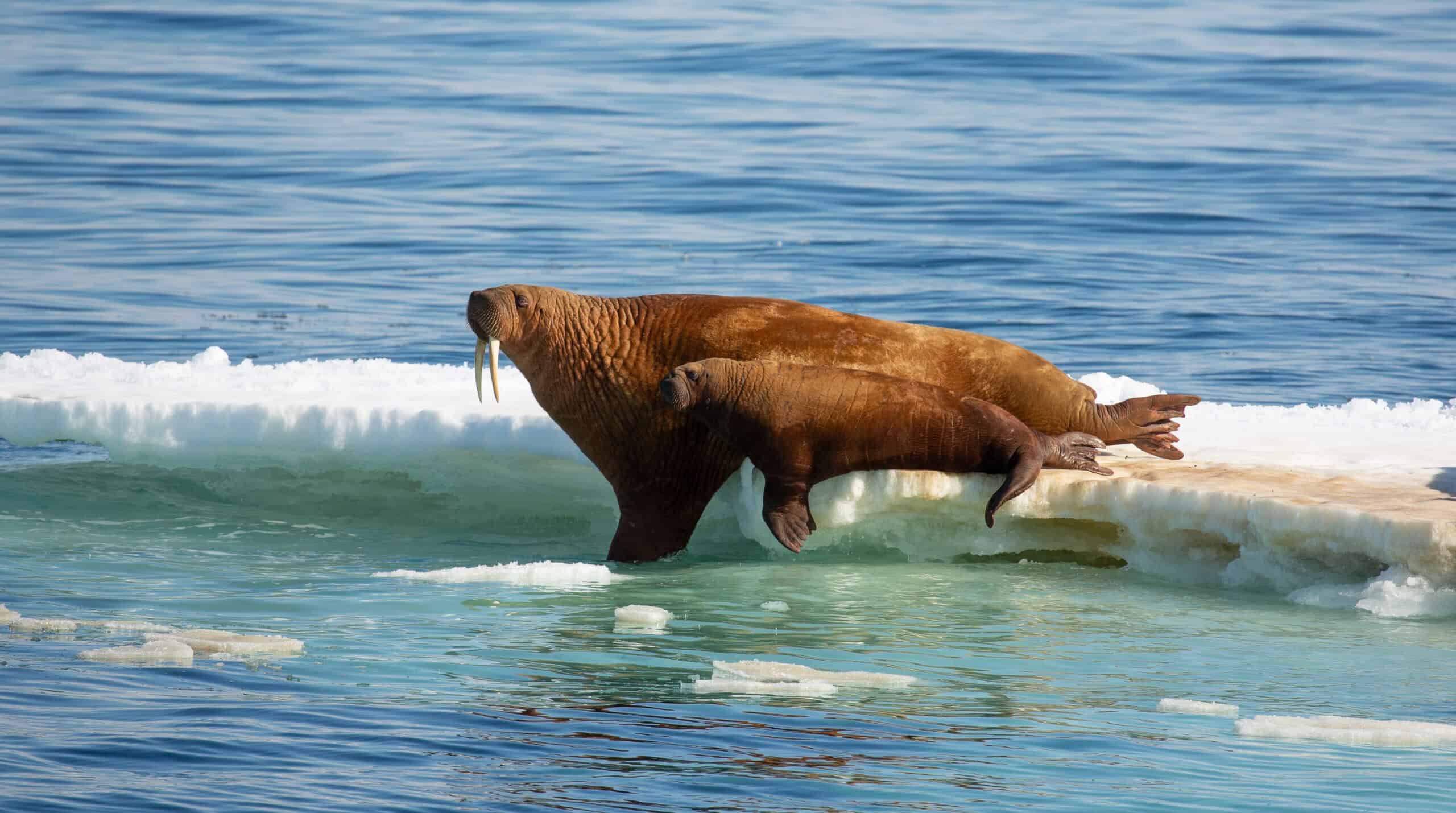Share this article
TWS2021: Pythons limit bobcat presence in Everglades
A high density of Burmese pythons limits the number of bobcats likely to appear on tree islands—patches of high, dry ground that serve as refuge for terrestrial diversity—in the Florida Everglades.
In research that will be presented at The Wildlife Society’s virtual 2021 Annual Conference, researchers tackled what factors were affecting bobcats’ (Lynx rufus) use of tree island habitat in the Everglades. They answered these questions by turning to photos taken from trail cameras set up by the Florida Fish and Wildlife Conservation Commission on 87 tree islands in Water Conservation Area 3 in the Everglades from 2005 to 2019.
“[Bobcats] obviously play a really important role in trophic dynamics, but they are understudied [in Florida],” said Katherine Buckman, a master’s student at Florida Atlantic University who will be presenting the research.
They correlated these photos with information from the areas where they were taken, including surrounding water levels and the number of surrounding tree islands, to determine what factors bobcats might favor. They also examined a model of Burmese python (Python bivittatus) density to see if these invasive reptiles had an impact on bobcat presence.
The modeling they conducted showed that python density was one of the most important limiting factors for bobcats on tree islands. If the density of pythons is high enough—about three per square kilometer—then Buckman and her colleagues found that bobcat occupancy was likely to be zero in the area.
It isn’t clear why, though. Pythons have been observed preying directly on bobcats before, but it could also be that the pythons outcompete bobcats for prey, pushing the felines out of areas with too many of the snakes.
“Something is happening there,” Buckman said. “The python density variable was by far one of our strongest variables.”
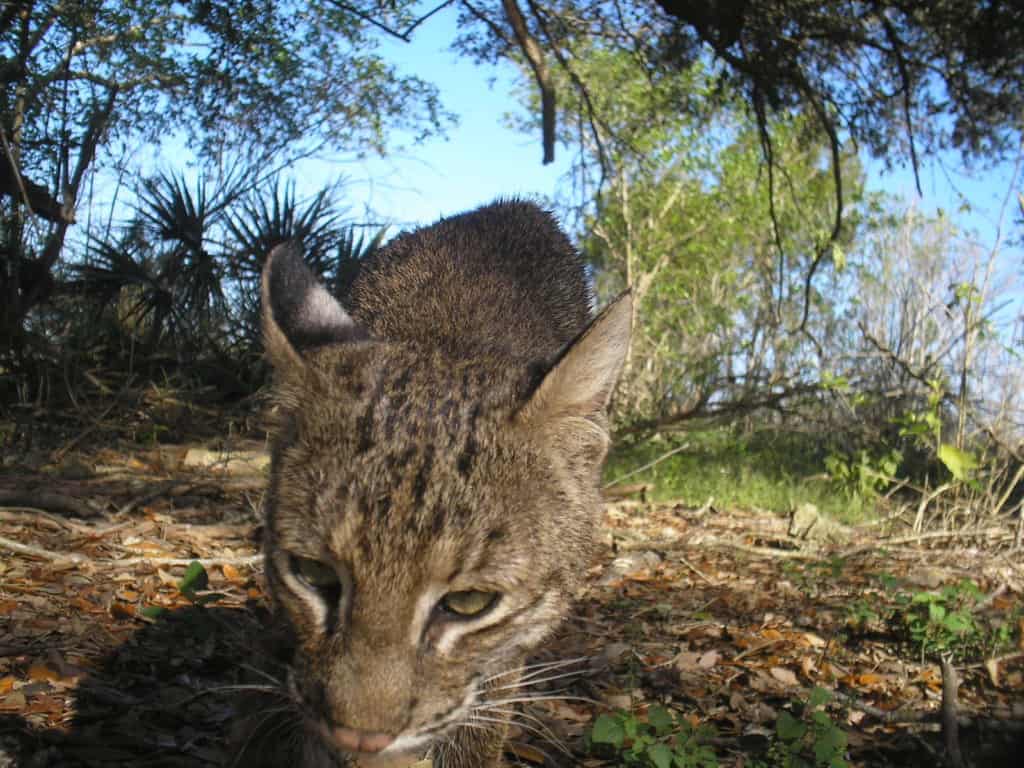
Bobcats were nearly absent from areas with high densities of Burmese pythons.
Credit: Florida Fish and Wildlife Conservation Commission
The team also found that bobcats were more likely to occur in areas where there were clusters of tree islands. They predicted female bobcat ranges were most likely to be in an area with five to 10 tree islands within a two- or 3.5-kilometer radius. These scales were chosen based on approximate female and male home ranges reported in south Florida. The effect of surrounding water levels on bobcat occupancy was difficult to discern, other than the fact that it was easier to predict bobcat presence when water levels were less than 10 centimeters.
The research is ongoing, but Buckman said that many of their hypotheses for this project revolved around potential prey availability. Previous work by Buckman’s colleague Stephanie Romañach, who also worked on this bobcat research, tracked rodents in the Everglades like the marsh rice rat (Oryzomys palustris) and hispid cotton rat (Sigmodon hispidus)—both bobcat prey.
Previous research shows that marsh rice rats (Oryzomys palustris) are more adapted to water, while hispid cotton rats (Sigmodon hispidus) tend to avoid it. As a result, hispid cotton rats often appear in high densities on larger tree islands, and marsh rice rats often appear in high densities on smaller tree islands.
Bobcat occupancy in some areas may be dependent on the presence of these rodents, but Buckman and her colleagues found that having clusters of tree islands is more important for bobcat habitat than tree island size alone. They are still examining some of these potential relationships.
Conference attendees can visit office hours for this contributed paper on Friday, Nov. 5 from 3 p.m. to 4 p.m. to learn more and ask questions.
Header Image:
A bobcat captured by a trail camera on a tree island in the Everglades.
Credit: Florida Fish and Wildlife Conservation Commission

